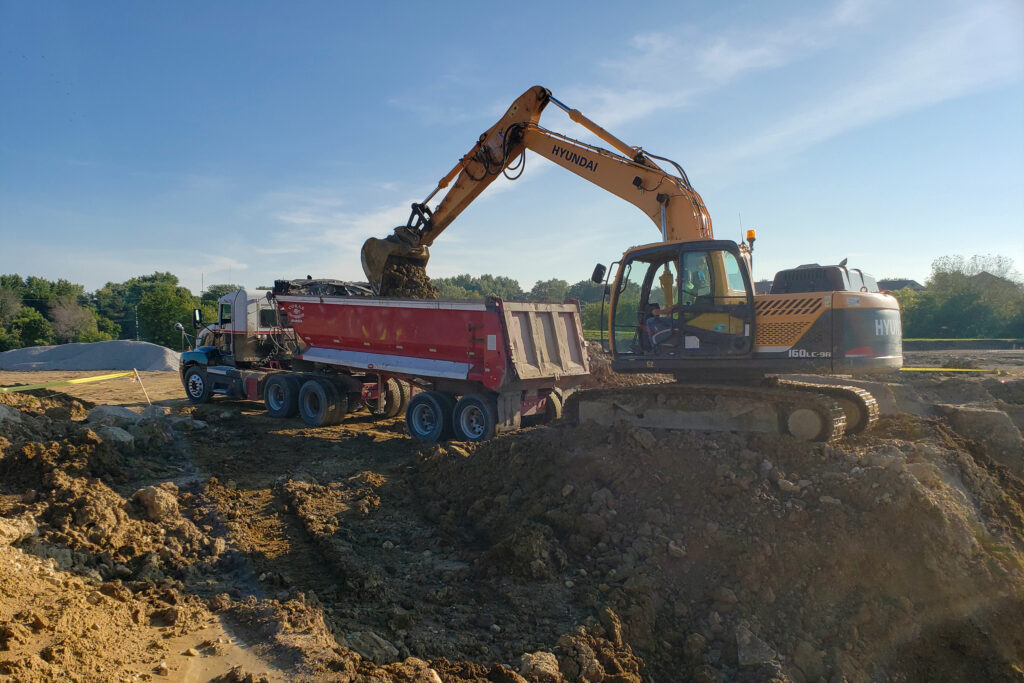- 630-240-2955
- [email protected]
Phase I Environmental Site Assessments
A Phase I Environmental Site Assessment (ESA) is a tool commonly used to identify known or potential contamination associated with current or historical usage of a property. Common transactions that may lead to a need for an ESA would include:
- Transfer of the property from a seller to a buyer in a purchase transaction;
- Refinancing through a current or prospective lender; or
- Property distribution, either corporately or individually.
Whether the site is residential, industrial, commercial, vacant land, or agricultural, there is a process that should be followed to assess the known or potential risks of the property transfer.
The ESA process is currently completed in accordance with ASTM E1527-13 and includes four key elements:
- Records review of commonly available federal, tribal, state, and local records
- Site reconnaissance for the subject property and surrounding properties
- Interviews with the owner or their designated representative
- Report of Findings
The Report of Findings is a statement that includes information on known: Recognized Environmental Conditions (REC), Controlled Recognized Environmental Conditions, and Historical Recognized Environmental Conditions.
The Phase I process is not designed to go beyond these identified steps. Sampling and analyses of known or suspected contamination sources are not included in the process per the current ASTM standard. There are also many other items known as Non-Scope Items that are not covered by an ESA, including (but not limited to):
- Identification of asbestos containing materials
- Mold or mildew
- Indoor air quality
- Drinking water quality
- Lead based paint
- Radon
- Vapor intrusion
- Wetlands evaluation or review of other ecological resources
- Endangered species evaluation
When requesting an ESA, you need to be aware that there are different levels of ESAs depending upon who the lender may be. If the transaction is with HUD, other Federal or some State Agencies; or the financing is to be provided by Freddie Mac, Fannie Mae, or the SBA, additional forms may be required. Think of an ESA as a survey tool. As with any survey, there may be further steps required including a follow up Phase II ESA to attempt to identify, quantify, or qualify known or suspected sources of contamination through more diligent or even intrusive investigative methodologies.
CSC
Phase II Site Assessments
When a Phase I ESA identifies a recognized environmental condition or the potential for soil contamination, most clients request to evaluate the potential contamination by performing Phase II environmental testing.
The purpose of a Phase II ESA is to determine the presence, or absence of, petroleum products or hazardous waste in the subsurface of the site. Our staff at CSC possess expertise in Phase II Environmental project design. Our Phase II Environmental projects can be done according to the ASTM E1903-11 Standard Guide for Environmental Site Assessments: Phase II Environmental Site Assessment Process or to meet a client’s specific needs.
ASTM E1903-11 provides basic parameters for Phase II ESA, but there is also a large amount of professional judgment that goes into the final report. A lot more goes into the scope of work than just the number of samples taken. Our team assesses the site in order to determine what type of drilling and sample collection is appropriate for the site and the types of contaminants we’re looking for.
When designing a Phase II ESA, we account for any areas of concern, chemicals of concern, local geology, and/or site access issues as well as local, state, and federal regulations. An accurate Phase II ESA delivers local knowledge of geographic and regulatory environments, and then interpreting geological and chemical data to the client to that they are fully informed of their business risk.
Drilling methods used most often during Phase II ESA projects include:
- Push Probe
- Hollow Stem Auger
- Hand Auger
- Mud Rotary
- CPT Drilling

Protecting the health of the environment and the population affect your business on many different levels. At CSC, our goal is to make it easier to be a responsible steward of our environment.


